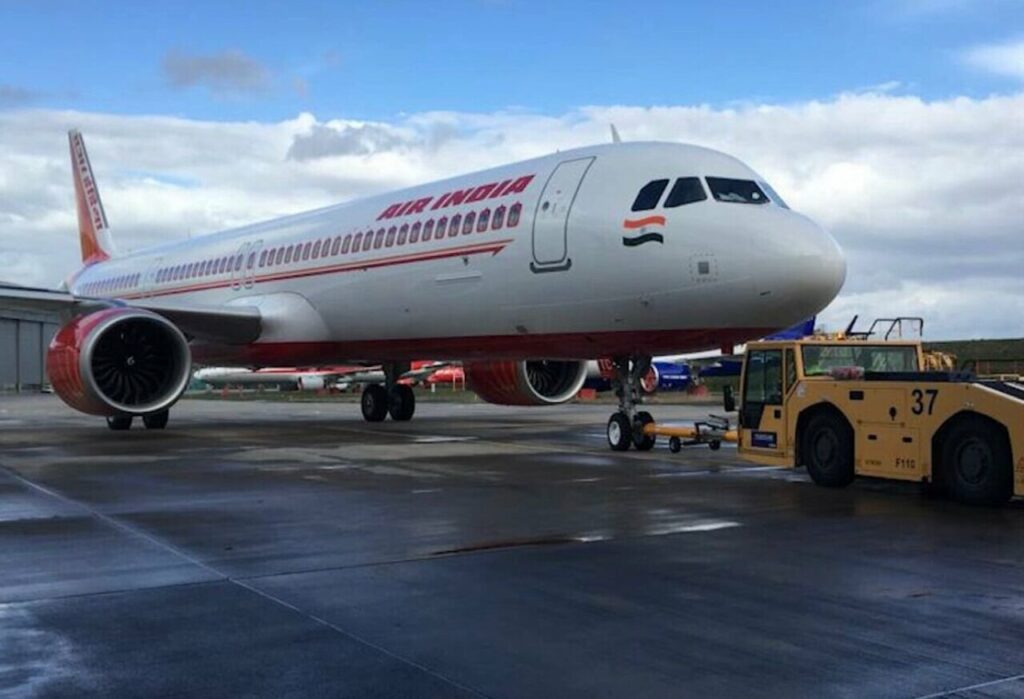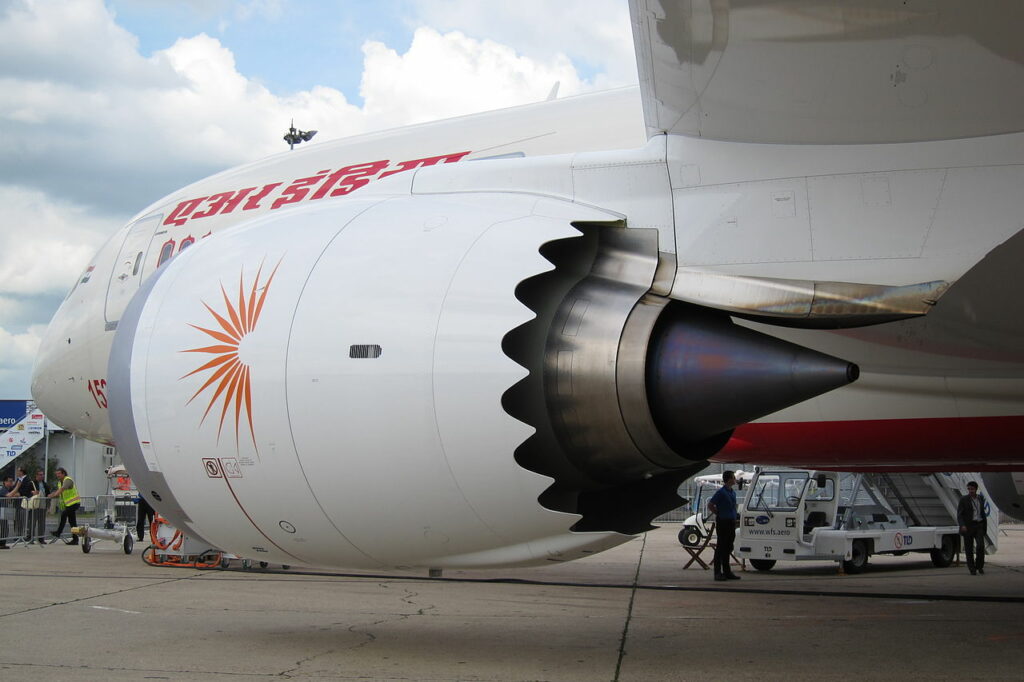As India’s Tata Group airline conglomerate continues to move forward with its merger plan, its full service carrier air India is pressing forward’s with modernisation of its digital systems.
The airline has announced that it completed several of its upgrade initiatives with will several more in advanced stages towards completion.
Under the merger plan, Air India and Vistara will merge under the Air India name as the Group’s major full-service carrier
Advancement of digital systems
Part of the merger vision is to emerge as the world’s most technologically advanced airline. In this regard Air India has made significant investments to rapidly revamp its digital systems in close partnership with the world’s leading technology firms.
The airline is also investing in building a cutting-edge digital and technology team with its presence in Kochi and Gurugram in India, as well as in Silicon Valley in the United States.
Air India’s Vihaan.AI transformation program envisions digital technologies as a key differentiator for Air India, with an aspiration to be an industry leader in technology.
Practically each Vihaan.AI initiative is powered by technology, from enhancing customer experience to transforming revenue management.
The airline has already invested approximately US $200 million in new digital systems, digital engineering services, and in creating an industry-leading digital workforce.
[monsterinsights_popular_posts_inline]
A two-step plan
with respect to its digital upgrade and transformation, the airline identifies two steps in the process. First off it must move to catch up with other world-class airlines with its digital systems.
The airline has a bold plan beyond that to take up a leadership position in global aviation by deploying cutting-edge technologies ranging from traditional digital technologies to modern generative Artificial Intelligence (AI).
The objective is to transform customer engagement and drastically improve operational efficiencies. Thinking ahead to long-term leadership, Air India is also exploring emerging trends such as the application of quantum computing to solve some of the most complex optimisation challenges in the industry.
“The scope of the technology transformation at Air India is extensive and covers every aspect of the airline including commercial, engineering, operations, ground handling, finance, human resources, and corporate functions,” said Air India’s Chief Digital and Technology Officer, Dr. Satya Ramaswamy.
Key areas of upgrade
Some of the key areas where Air India has already deployed new technology systems or is in advanced stages of deployment are as follows:
Customer engagement:
Website and mobile app modernisation, user-friendly customer notifications system, ChatGPT-driven chatbot, in-flight-entertainment system modernisation, customer service portal with real-time customer support request tracking.
Employee empowerment:
Modern secure digital workplace tools, employee engagement and self-service portals, mobile devices for pilots, cabin crew and airport operations crew, learning and development tools.
Operational improvements:
Modern passenger service system and departure control system, sales system modernisation, engineering management system.
Flight operations improvements include areas of flight planning and tracking, aircraft movement management, disruption management, turnaround management, fuel management and sustainability, safety management, and reporting systems.
With respect to crew management, new improvements include automated crew pairing and rostering, crew management and crew disruption management. Paper elimination via digitisation and electronic contracts is a further factor.

Enterprise systems transformation:
Core Enterprise Resource Planning (ERP) system modernisation, human resource management, procurement, materials management, digital infrastructure, and cloud migration.
Summary
With India set to expand its presence as a key global aviation market sector, the Tata Group are pushing forwards with their upgrade and merger plan with firm resolve.
The modernisation of Air India’s digital and technology landscape will also benefit all the group airlines including their low-cost carriers, which are also set to merge into one low-cost subsidiary for the Group.









